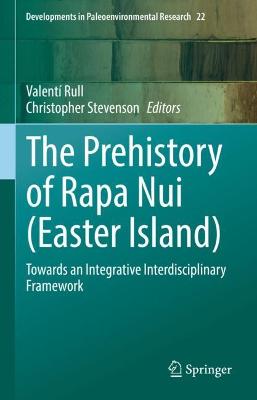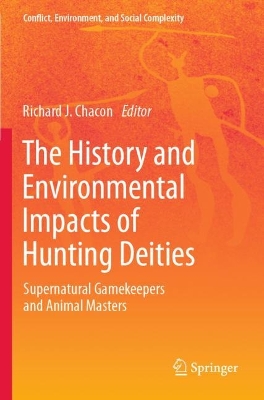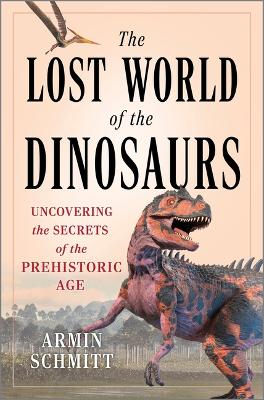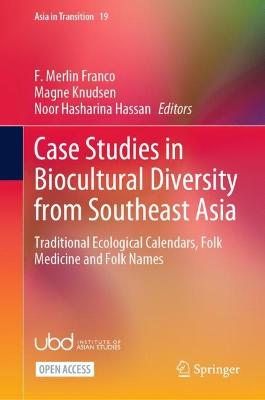Prehistory of Rapa Nui (Easter Island)
 portes grátis
portes grátis
Prehistory of Rapa Nui (Easter Island)
Towards an Integrative Interdisciplinary Framework
Rull, Valenti; Stevenson, Christopher
Springer Nature Switzerland AG
07/2022
628
Dura
Inglês
9783030911263
15 a 20 dias
1231
Descrição não disponível.
Part I. Transpacific voyaging and settlement.- Chapter 1. Ex oriente lux? Amerindian seafaring and Easter Island contact revisited.- Chapter 2. Commensals/domesticates on Rapa Nui: what can their phlogeographic patterns tell us about the discovery and settlement of the island.- Chapter 3. Sweet potato on Easter Island: insights from a monographic study of the genus Ipomoea.- Chapter 4. Pre-European contact sweet potato (Ipomoea batatas) at Rapa Nui: macrobotanical evidence from recent excavations in Rano Raraku quarry, Rapa Nui.- Chapter 5. Anakena Re-visited: new perspectives on old problems at Anakena, RapaNui.- Part II. The ancient Rapanui culture.- Chapter 6. A behavioralassessment of refuge caves (ana kionga) on Rapa Nui.- Chapter 7. Vinapu area revisited.- Chapter 8. Undelivered moai or unidentified monument?.- Chapter 9. Platforms in motion: a genealogical architecture.- Part III. Climatic and environmental change.- Chapter 10. Climatology of Rapa Nui (Isla de Pascua, EasterIsland).- Chapter 11. Prehistoric paleoecology of Easter Island.- Chapter 12. Geological and climatic features, processes and interplay determining the human occupation and habitation of Easter Island.- Part IV. Deforestation and extinctions.- Chapter 13. The flora and vegetation of Easter Island - past and present.- Chapter 14. Palms for the archaeologist.- Chapter 15. Spatio-temporal patterns of deforestation, settlement and land use on Easter Island prior to European arrivals.- Chapter 16. Economic causes and consequences of deforestation on Easter Island.- Chapter 17. Palm forests to gardens and grassland: a study of environmental and geomorphological changes of the Te Niu, Rapa Nui landscape.- Part V. Collapse or resilience?.- Chapter 18. Environmental change and cultural continuity - extraordinary achievements of the Rapa Nui society after deforestation.- Chapter 19. Ecology limits population, but culture determines it: carrying capacity on Rapa Nui.- Chapter 20. Population principles, climate change and the "collapse" of the Rapa Nui society.- Chapter 21. Claims and evidence in the population history of Rapa Nui (Easter Island).- Part VI. European contact.- Chapter 22. The Human Giants of Easter Island (Rapa Nui). Eighteenth century fake news and its significance for understanding the persistence of present-day myths.
Este título pertence ao(s) assunto(s) indicados(s). Para ver outros títulos clique no assunto desejado.
Rapa Nui;Prehistory;Settlement;Deforestation;Cultural shift;Climatic and environmental change;Extinction;Ethnobotany;Phylogeography;Biogeography;Paleoclimatology
Part I. Transpacific voyaging and settlement.- Chapter 1. Ex oriente lux? Amerindian seafaring and Easter Island contact revisited.- Chapter 2. Commensals/domesticates on Rapa Nui: what can their phlogeographic patterns tell us about the discovery and settlement of the island.- Chapter 3. Sweet potato on Easter Island: insights from a monographic study of the genus Ipomoea.- Chapter 4. Pre-European contact sweet potato (Ipomoea batatas) at Rapa Nui: macrobotanical evidence from recent excavations in Rano Raraku quarry, Rapa Nui.- Chapter 5. Anakena Re-visited: new perspectives on old problems at Anakena, RapaNui.- Part II. The ancient Rapanui culture.- Chapter 6. A behavioralassessment of refuge caves (ana kionga) on Rapa Nui.- Chapter 7. Vinapu area revisited.- Chapter 8. Undelivered moai or unidentified monument?.- Chapter 9. Platforms in motion: a genealogical architecture.- Part III. Climatic and environmental change.- Chapter 10. Climatology of Rapa Nui (Isla de Pascua, EasterIsland).- Chapter 11. Prehistoric paleoecology of Easter Island.- Chapter 12. Geological and climatic features, processes and interplay determining the human occupation and habitation of Easter Island.- Part IV. Deforestation and extinctions.- Chapter 13. The flora and vegetation of Easter Island - past and present.- Chapter 14. Palms for the archaeologist.- Chapter 15. Spatio-temporal patterns of deforestation, settlement and land use on Easter Island prior to European arrivals.- Chapter 16. Economic causes and consequences of deforestation on Easter Island.- Chapter 17. Palm forests to gardens and grassland: a study of environmental and geomorphological changes of the Te Niu, Rapa Nui landscape.- Part V. Collapse or resilience?.- Chapter 18. Environmental change and cultural continuity - extraordinary achievements of the Rapa Nui society after deforestation.- Chapter 19. Ecology limits population, but culture determines it: carrying capacity on Rapa Nui.- Chapter 20. Population principles, climate change and the "collapse" of the Rapa Nui society.- Chapter 21. Claims and evidence in the population history of Rapa Nui (Easter Island).- Part VI. European contact.- Chapter 22. The Human Giants of Easter Island (Rapa Nui). Eighteenth century fake news and its significance for understanding the persistence of present-day myths.
Este título pertence ao(s) assunto(s) indicados(s). Para ver outros títulos clique no assunto desejado.







